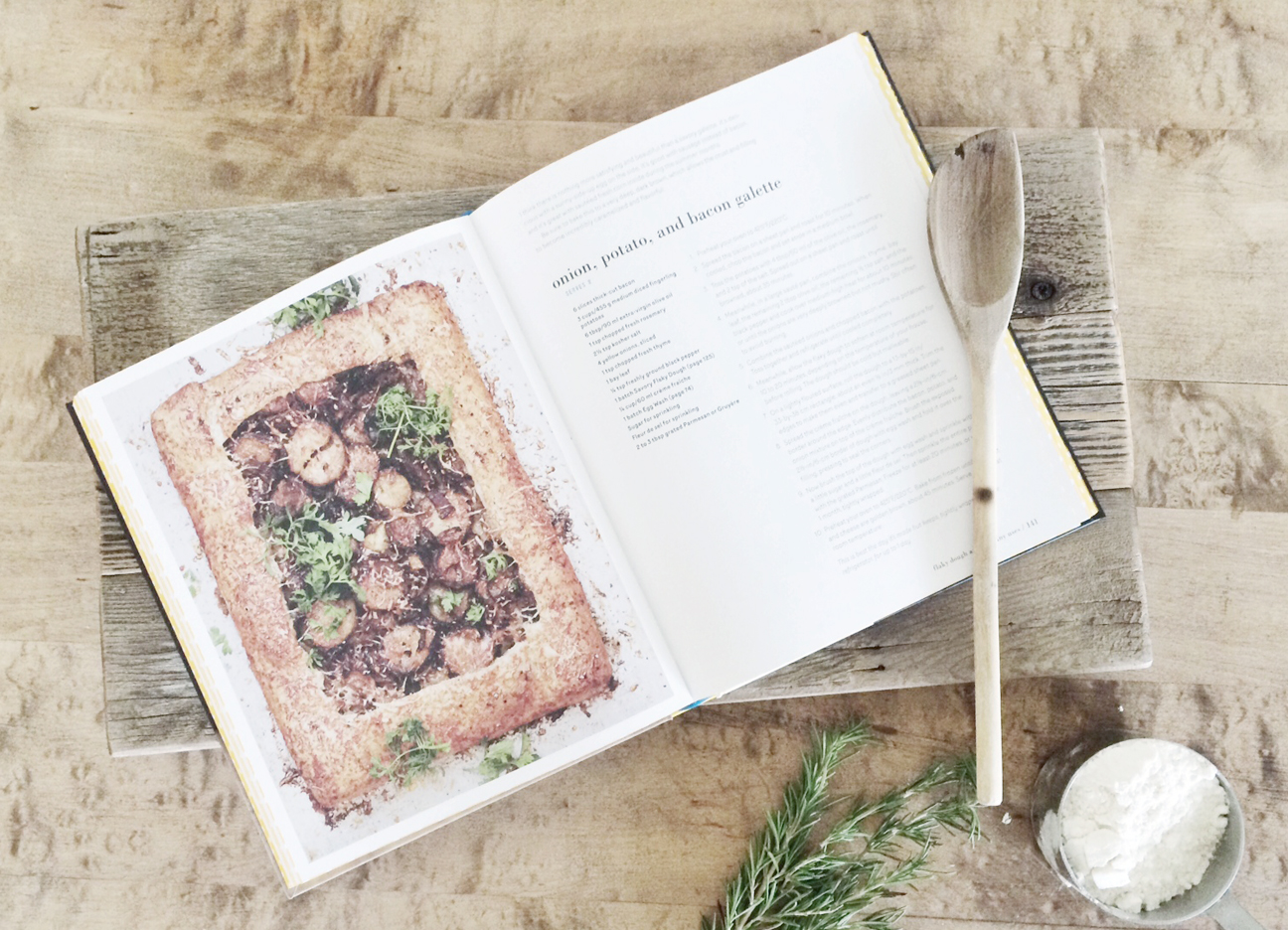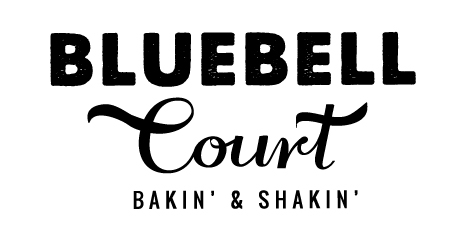
HOW TO READ A RECIPEfeatured
I read cookbooks like novels. When I get a new one, I take it to bed with me and just pour over the recipes and pictures inside. It seems so simple, but believe it or not, there is actually a skill to reading and understanding a recipe. If you’ve been baking for years, it seems like second nature, but for you newbies, you might need a few pointers. And since I’ve started a section of the blog called Tips and Tricks, it just makes sense that we start at the beginning by learning how to properly read a recipe… right?
Here we go….
1: Read The Recipe, For Reals
Duh. Seems so obvious. I can’t tell you how many times I’ve started cooking before I’ve read the entire recipe from start to finish. And without fail, every time I do this, I make a mistake. It reminds me of the time I took Geology in college and didn’t read one page in the text book and was shocked I flunked the final. I wish this was a joke. But nope. I got 7 answers right on the whole test. So if we go hiking together, don’t ask me to identify any of the rocks. No clue.
Read the ingredients and make sure you have everything on the list before you start. Additionally, read the directions. It’s not uncommon for hidden ingredients to be listed in the directions or for the instructions to tell you to only use part of a certain ingredient and to save the rest for later in the process. There might be a part or a cooking technique that’s confusing or new to you. Better to figure it all out before you start. It’s a lot easier to Google “How to Sift Flour” before you have started. Not reading the recipe before hand can mess you up. If you learn nothing else from this entire post, tattoo this onto your brain.
2: Order Is No Joke
Most recipes start with listing the ingredients. And guess what? Recipes list the ingredients in the order they are going to be used. Super helpful.
3: Prepping Isn’t Just For Nerds
Pay attention to the measurements, ingredient instructions, etc. Sometimes you have to prep the ingredients before you start, ie: a recipe that calls for the zest of 1 lemon or chopped nuts… this needs to be done ideally before you dive into the directions. Ovens need to be preheated. Having the oven warm up as you put the sheet of cookies in will give you a different result than if you preheated. Trust me on this. Butter often needs to be at room temperature/softened. This is important. Putting it in the microwave to soften it isn’t the same. It can make the bottom of your cookies oily.
You get my point. Prep is important. Turn on some music and enjoy the process, just don’t skip over it.
4: Grammar is King, Especially the Comma
For those of you who hated English class in High School, my apologies because the comma is king in cooking.
As you read through the ingredients, pay attention to the comma because every instruction such as chopping, mincing, dicing or cutting that comes after a comma is to be done after the ingredient is measured.
Additionally it’s just as important if a comma is missing. If it’s missing that means you need to do the chopping, mincing, dicing or cutting before you measure.
I’ll take a pause while you process all of this….
Let me give you an example:
1 cup pecans, chopped: Translation- Measure the pecans first, then chop.
1 cup pecans chopped: Translation-Measure the pecans after you’ve chopped them.
5: Baking The Dang Thing
Most recipes will give you a baking time range. For example, “Bake the brownies for 25-30 minutes.” This is an estimate. ALWAYS err on the side of less time the first time you try a recipe. If a recipe calls for 25-30 minutes, I will usually set my timer for 20 minutes and start checking at that point. That might seem a bit aggressive, but overcooking something you just spent time making is the pits.
Usually you can use your oven light to start to see if it looks done. If the center still looks wiggly and jiggly, obviously it isn’t ready. Give it a few more minutes. If it looks like it’s done, gently pull it out and insert a toothpick or a knife to see if it comes out clean.
That’s it folks! Just follow these steps and you’ll be reading a recipe like a pro. Boom. So simple.
Let me know if you have any specific baking questions or things you would love to learn in the Tips & Tricks section, just holler and leave a comment below!

